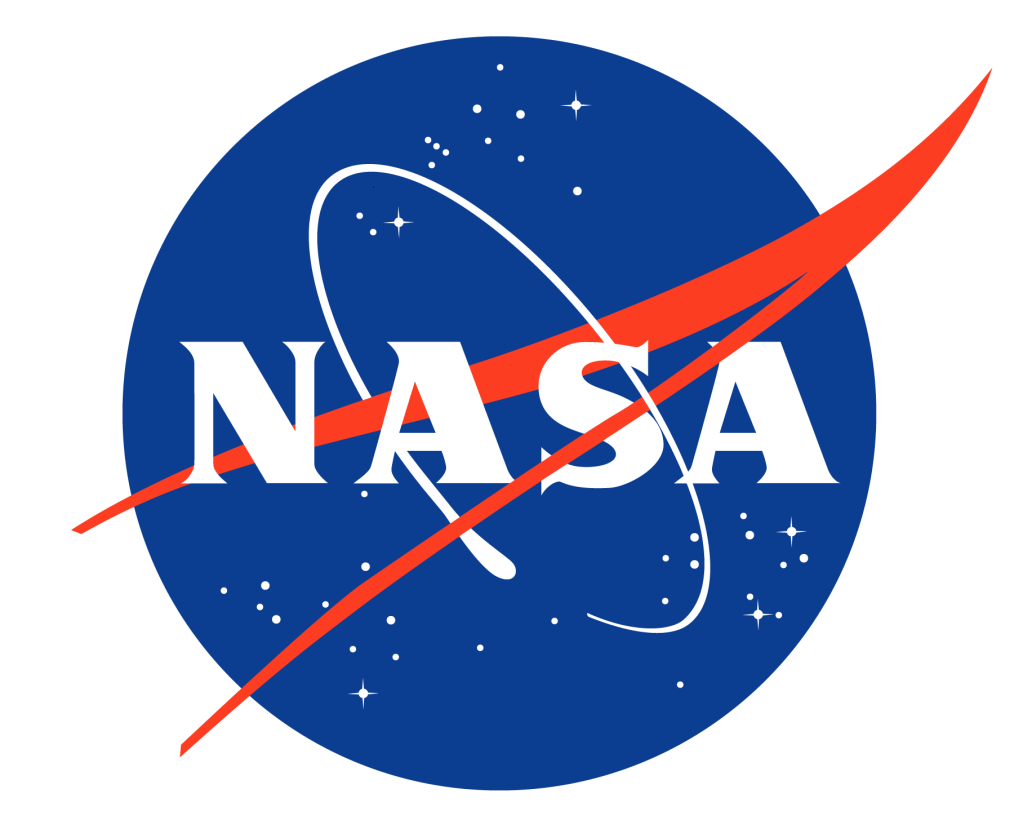
Tom O’Toole
Reporter, Washington Post
He had a gruff, no-nonsense voice. It was reflected in his style of asking questions during a press conference and his newspaper articles. But the people who knew him best respected him and he was nationally recognized with a number of awards plus two nominations for the Pulitzer Prize.
His son, Peter, describes him as, “a headmaster of the old school. He wasn’t a throwback. He was the one who threw it back.” But he says he is wistful that many of the people who passed through his father’s life never knew the other side of him, “A sympathetic Tom O’Toole. A gentle Tom O’Toole.”
His wife, Mary Kate Cranston says his talent was making the complexities of science simple enough for millions of people to understand them.
Thomas Patrick O’Toole was a familiar face at the NASA’s Kennedy Space Center for more than 30 years, 20 of those (1967 to 1987) while he was a reporter for the Washington Post. He also traveled to the west coast and NASA’s Johnson Space Center in Houston as he followed each development in the nation’s space program.
While he enjoyed the human aspect of space flight he was an even stronger proponent of robotic spacecraft. In former Jet Propulsion Laboratory Director Bruce Murray’s book he is credited with giving a major last minute boost to congressional approval of the Galileo project. The tremendously successful Galileo mission to Jupiter was in danger of being cancelled before it was even started by the House Appropriations Committee. The morning of the key vote on the floor of Congress, O’Toole arranged that his positive story on the program appeared on the front page of the Washington Post along with a supportive editorial. Galileo survived the vote to gather more information on the Jupiter planetary system than any other spacecraft.
O’Toole got a good start on his career in science and technology while in school. His undergraduate degree was in chemistry, from St. Peter’s College in Jersey City, N.J., but, like many young men his age, his career was postponed while he spent two years in the military from 1954 to 1956. Sent to France, he formed a life-long appreciation for the country and traveled throughout the country and other parts of Europe, whenever he had the chance.
In 1956, after earning a master’s degree in journalism from Boston University, he went to work at the Cape Cod Standard Times for a year and then came back to New Jersey, where he grew up, to work at the Asbury Park Press. His crisp style and insight soon earned him the position of science reporter for the Wall Street Journal in 1958 where he began covering NASA just as it was born. In 1963, he was made a contributing editor on science, medicine and business for Time magazine.
Newspaper reporting was in his blood though, and after switching to the New York Times in 1966, for a year, he joined the Washington Post.
He did his best work while at the post, and it covered a wide variety of subjects in science and technology.
He was nominated for the Pulitzer Prize in journalism twice, once for his coverage of the Apollo 11 moon landing and once for coverage of the Three Mile Island nuclear accident. He was awarded the prestigious Aviation and Space Writers Award three times, as well as, the National Space Club Press Award.
The Apollo 11 mission to land the first people on the moon resulted in his favorite news story lead: “Man stepped out onto the moon tonight for the first time in his two million year history.” He also scored a “scoop” when along with Rudy Abramson of the Los Angeles Times; he chatted with then Manned Spacecraft Center Operations Manager Chris Kraft after the mission. During the conversation Kraft mentioned the interesting conversations mission control had with Neil Armstrong during and after the landing on the engineering channels. He then took O’Toole and Abramson to mission control to hear the tapes. The result was the most detailed stories of the dangers surrounding the landing than had appeared up to that time.
While still at the Washington Post, he co-authored the book “Encounters with the Future” in 1983 for McGraw-Hill and wrote a number of articles that appeared in The New York Times magazine, USA-1 and The Reporter Magazine and Science.
After leaving the Post in 1987, O’Toole worked for 10 years as an aerospace and technology specialist for Powell-Tate Public Affairs in Washington.
O’Toole passed away in November 2003 and was survived by his wife Mary Kate Cranston and their son Ryan along with the four children from his first marriage and two grandchildren.

























